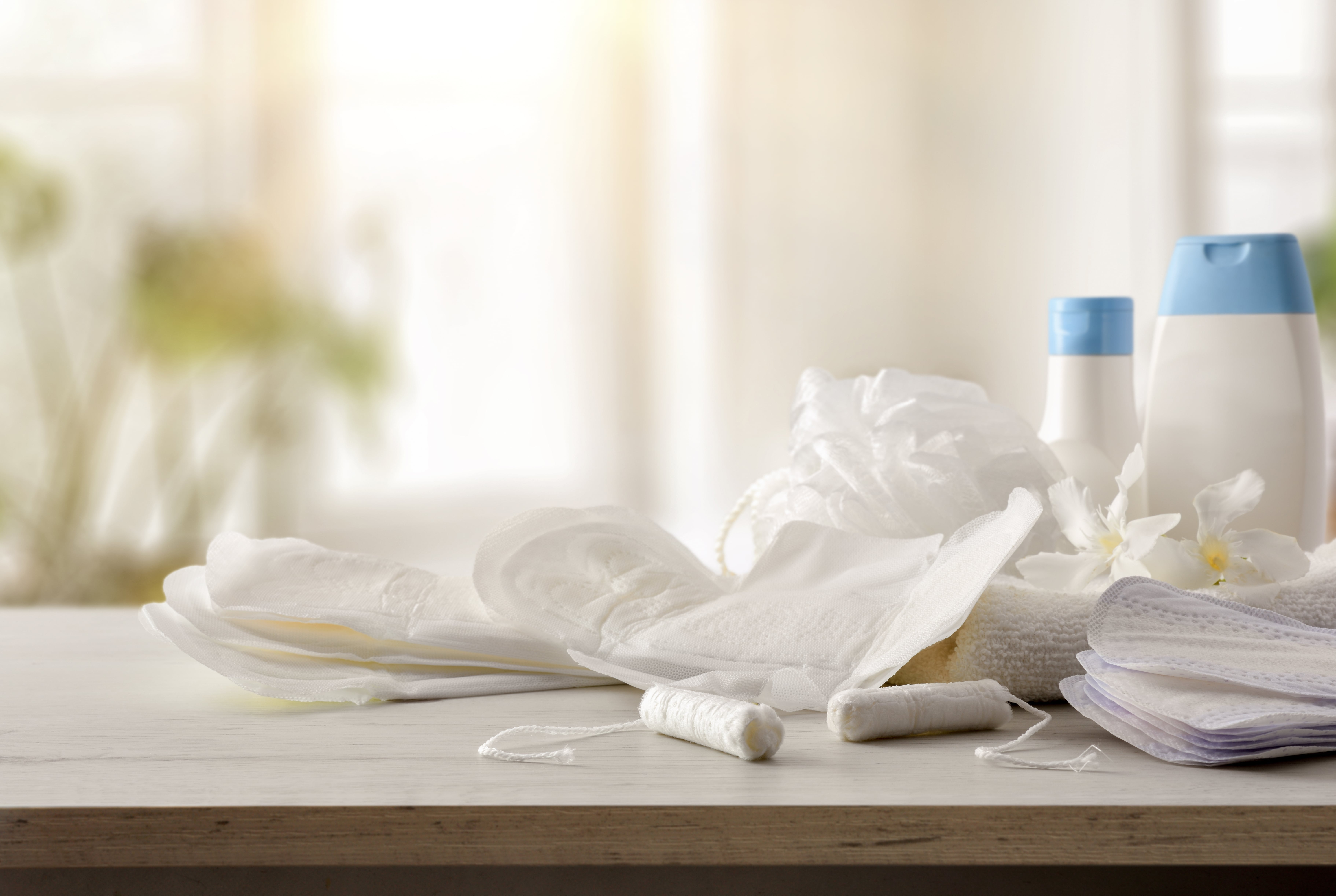Do your periods leave you tending rashes down there every time? We know how irritating and not to mention, uncomfortable it can be.
But don’t worry. We’ve got your back.
What’s the cause?
Sweat, irritable sanitary products, hormonal fluctuations are just some of the common culprits responsible for rashes during and after periods.
These tips could help you:
Use Breathable Materials
During your periods, try going for only loose-fitted or breathable clothing. Cotton underwear should be your wardrobe staple all year round and especially during periods.
Change Sanitary Products Regularly
Take your hygiene seriously and be rewarded. Changing your pads/tampons every 4-6 hours will prevent bacterial growth and fungus which is the main reason for infection. During the hotter months, you could try Sofy Cool, India’s first Cool Napkin that’s 290mm long. It provides a sense of coolness for an ‘Irritation Free Period’. It comes in packs of 7, 15, 30, and 54 pads. These pads have menthol freshness which is great in making you feel clean and hygienic.
Maintaing Hygiene on regular basis
Maintaining hygiene only during periods is not the solution. You have to care for your intimate area on regular days as well to get the best results. The truth is, your vagina can clean itself but you need to wash the intimate area around it regularly with warm water.
Use essential oil
Applying of some oils near vagina can prevent friction of the skin. Another solution that’s always available in every Indian household is Virgin coconut oil. Apply coconut oil to the affected area to avoid skin friction and infection. You may also use an antihistamine to relieve symptoms of allergies, such as hives, reactions, or skin infections.
Use Antibacterial Sanitary Products
Due to more moisture build-up in intimate areas during periods, infections become more common. However, pads likeSOFY AntiBacteria 99.9% protect you from bacterial leaks and odour.The Deep Absorbent sheet of the new SOFY AntiBacteria 99.9% absorbs flow to the final layer, avoiding leakage.It also contains natural herbs that mask unwanted odours, so you feel confident and fresh all day.
Additionally, consult your doctor as soon as possible if conditions prolong for a long time.
FAQ’s
2. Why is breathable clothing important during periods?
Wearing loose, breathable clothing helps reduce heat and moisture buildup—key triggers of period rashes. Cotton underwear, for example, allows the skin to stay dry and air-circulated, lowering the risk of irritation and discomfort. Comfortable fabrics that let skin breathe are especially helpful during longer cycle days.
3. How often should I change sanitary products to prevent rashes?
To avoid bacterial growth and skin irritation, change pads or tampons every 4–6 hours. This frequency helps reduce heat and moisture in the intimate area—common causes of rashes. During hotter days or heavy flow, you may need to change even more often for comfort and hygiene.
4. Can washing with warm water help prevent rashes post-period?
Yes. Gentle washing of the intimate area using warm (not hot) water helps keep skin clean without disrupting its natural balance. Rinsing and patting dry supports skin health and reduces the risk of rash in the days following your period.
5. Does applying oil help reduce friction and rash during periods?
Yes. A small amount of virgin coconut oil can be applied to reduce skin friction during movement. Its natural lubricating properties help soothe sensitive areas and prevent irritation. Some use mild antihistamine creams for extra relief if they’re prone to itching.
6. Are antibacterial pads helpful for irritation-prone skin?
Antibacterial pads—like those designed to protect against 99.9% of bacteria—can help reduce risk of rash by trapping moisture efficiently and blocking odor-causing bacteria. These pads often combine deep absorbency with herbal odor masking to keep skin fresher longer.
7. What’s the benefit of menthol-infused pads like “Sofy Cool”?
Menthol-infused pads, such as “Sofy Cool,” offer a cooling sensation that can soothe irritated skin and reduce friction. These longer pads (around 290 mm) offer extra comfort on warmer days, helping you feel fresh and irritation-free.
8. Can choosing the wrong pad material lead to rash?
Yes. Pads made with harsh dyes, adhesives, or non-breathable materials can irritate sensitive skin. These compounds, combined with moisture and movement, increase the chance of developing a rash. Opting for soft, breathable alternatives helps reduce this risk significantly.
9. Is skin more prone to rashes after menstruation too?
Yes. Residual moisture, heat, or lack of hygiene following periods can continue causing irritation post-menstruation. Maintaining clean and dry skin, using gentle washing routines, and avoiding damp pads during this time are key to preventing lingering rashes.
10. When should I see a doctor for period-related skin rashes?
If rashes persist despite good hygiene and protective measures—or worsen with swelling, pain, or unusual changes—consult a healthcare provider. Persistent irritation may need medical treatment to rule out infection or other conditions. Early diagnosis ensures proper care and comfort.

